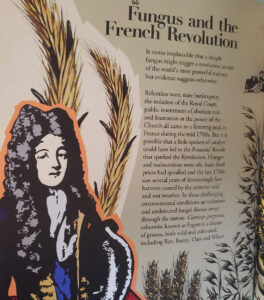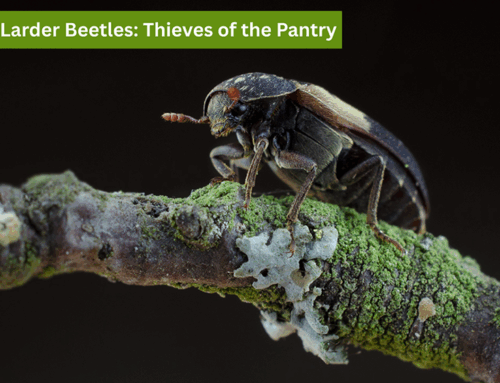Book Review: 100 Plants That Almost Changed the World
Reviewed by Brett Kerley

100 Plants that Almost Changed the World. Beardshaw, Chris. Papadakis, 2013. ISBN: 978-1906506193
Plants have been integral to human life for millennia, shaping cultures, economies, and even the course of history. In 100 Plants That Almost Changed the World, Chris Beardshaw takes readers on a captivating journey through time, highlighting the plants that have profoundly influenced our world in surprising and unexpected ways.
A World of Plants: From the Ordinary to the Extraordinary
The book features an eclectic mix of plants, ranging from staples like wheat and rice to more exotic choices like saffron and ginkgo. Some entries explore plants that sparked revolutions in agriculture, such as the potato, which became a dietary cornerstone and fueled population growth in Europe. Others dive into plants that had an industrial impact, like rubber, which transformed transportation and manufacturing, or cotton, a cornerstone of the textile trade.
Chris also explores the darker side of plants that shaped history. Opium, for example, led to the infamous Opium Wars between Britain and China, while tobacco spurred colonization and trade but left a controversial legacy of addiction. The book doesn’t shy away from plants with curious or scandalous stories either, such as the tulip, which became the center of a 17th-century financial bubble in the Netherlands.
Science Meets Storytelling
What makes 100 Plants That Almost Changed the World particularly engaging is Chris’ talent for connecting plants to the broader human story. He introduces plants not just as scientific specimens, but as characters in the drama of human history. Quinine, for instance, isn’t merely a medicinal plant – it’s the key to understanding how European powers colonized malaria-ridden tropical regions. Similarly, the humble tea plant gets its due credit for shaping global trade routes and cultural rituals.
The chapters are concise and reader-friendly, making the book an ideal companion for casual readers and plant enthusiasts alike. While each entry is relatively brief, Chris strikes a balance between being informative and entertaining, leaving readers with plenty of “did you know?” moments.
A Feast for the Eyes
 In addition to its rich content, the book is visually stunning. Vibrant illustrations and photographs accompany each plant’s story, making the book a treat for the eyes as well as the mind. This visual element adds to its appeal as a coffee table book that can be picked up and enjoyed at any moment. It kind of reminded me of Monty Python meets Kew Gardens with its illustrations.
In addition to its rich content, the book is visually stunning. Vibrant illustrations and photographs accompany each plant’s story, making the book a treat for the eyes as well as the mind. This visual element adds to its appeal as a coffee table book that can be picked up and enjoyed at any moment. It kind of reminded me of Monty Python meets Kew Gardens with its illustrations.
The Bigger Picture
Chris’ book is more than just a catalog of plants—it’s a reminder of humanity’s deep connection with the natural world. It underscores how plants have not only fed and clothed us but have also been at the heart of economic empires, medical breakthroughs, and cultural revolutions.
Final Thoughts
Whether you’re a seasoned gardener, a history enthusiast, or simply someone who loves a good story, 100 Plants That Almost Changed the World is a delightful read. Through its pages, Chris not only educates but also inspires awe for the plants that have shaped the human story—sometimes in ways we could never have imagined.
Chris Beardshaw, a celebrated gardener and TV personality, brings his signature wit and storytelling flair to this collection of botanical tales. I’ve watched Chris on TV for several decades and I hope that one day he will take over as host of Gardeners World. I purchased this book in Chapters several years ago just by chance, and still pick it up to read through it time and again. Well worth the read.
















